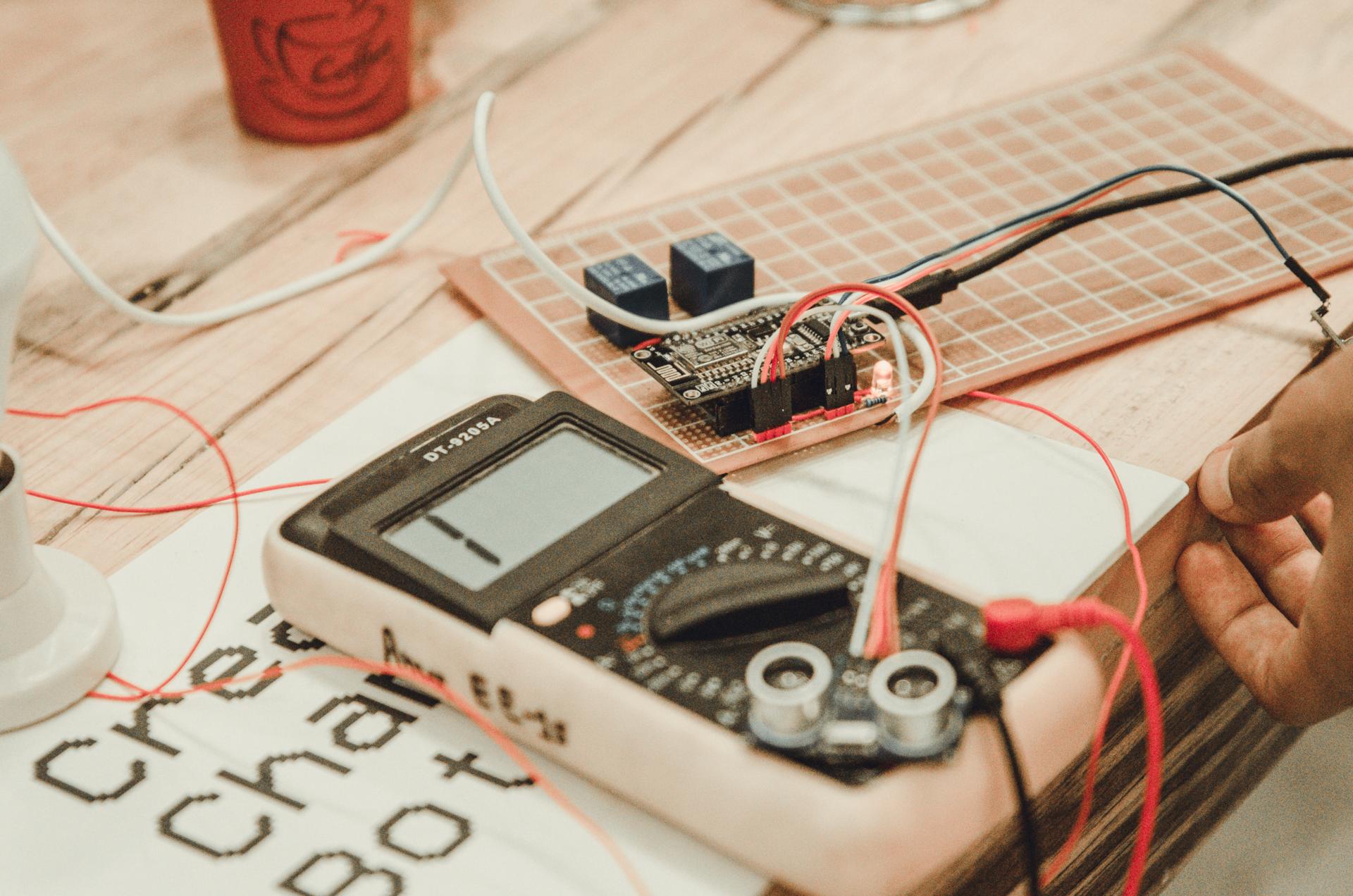Do-It-Yourself Electrical Safety Testing: Step-by-Step Tutorial for Home-Owners

In the realm of security in your home, one of the most crucial areas to consider is the safety of electrical wiring. Electrical safety testing is the procedure of testing the electrical system of your home to make sure that it is safe and in compliance with the latest standards. In this article we’ll give you information on what electrical safety tests are, what tools will be required for conducting them, how to perform the tests, and the warning signs to be aware of.
What is what is an Electrical Safety Test?
A safety test for electrical appliances is the process of checking the electrical system within your home to verify that it’s functioning safely and in a proper manner. The importance of electrical safety tests is as they can avoid electrical fires and accidents, and ensure the longevity the electrical systems you have.
Equipment Required to conduct an electrical Safety Test
In order to conduct an electrical safety check, you’ll require a few basic tools. This includes a voltage tester as well as a continuity tester, a circuit tester, and an outlet tester. A voltage tester can look for live circuits, whereas the continuity tester looks for broken circuits. Circuit testers are used to look for wiring issues as well as outlets testers are utilized to identify electrical issues in outlets. It is crucial to use the tools correctly in order to obtain exact results.
How do I Conduct an Electrical Safety Test
To perform an electric safety check at your home, follow these steps:
Switch off the power source on the circuit or circuits you’re testing.
Make use of this voltage tester to check for live circuits.
Utilize this continuity tester to test the integrity of your circuit.
Make use of the circuit tester to test for any wiring issues.
Use the outlet tester to find any wiring issues in the outlets.
During the process of testing make sure you look for any evidence of wear or damage on the wiring for example, frayed or broken wires, burn marks, or loose connections. If you find any issues that need attention, you must address them as quickly as you can to avoid potential hazards.
The Signs of Electrical Issues to Look Out for
There are many warning signs that could signal electrical problems in your house. These include flickering lights and frequent circuit breaker trips, buzzing or crackling sounds from outlets, outlet that are hot or discolored, and a burning smell. If you notice any of these warning signs, it’s important to take action immediately to avoid any electrical dangers.
Conclusion
Safety tests for electrical appliances are essential to ensure your safety and family. By performing regular tests and addressing any issues promptly to avoid any potential dangers to your electrical system and prolong the lifespan of your electrical system. If you require assistance with electrical testing or repairs Don’t hesitate to reach out to Local Electrician Mt Druitt. Our knowledgeable team will give you professional guidance and assistance. Contact us at 1300 610 481 to schedule an appointment or request a quotation.
FAQ Section
What is the recommended frequency to conduct an electrical safety test at my home?
We suggest conducting tests of electrical safety at least once per year.
Do I have the ability to conduct the electrical test by myself or do I need a professional?
While it’s possible to perform an electrical safety test yourself but it’s best to hire an expert to ensure the accuracy of results and to avoid any potential dangers.
Which are the top frequent electrical problems found in an electrical safety test?
The most frequently-repeated electrical issues that are discovered during a safety test comprise malfunctioning wiring, overloaded circuits, and outdated electrical systems.
What should I do if encounter a problem during the electrical safety test?
If you spot a problem when you conduct the electrical safety check it is important to act quickly. This could include calling an expert electrician to address the issue or replacing the equipment that is malfunctioning.
